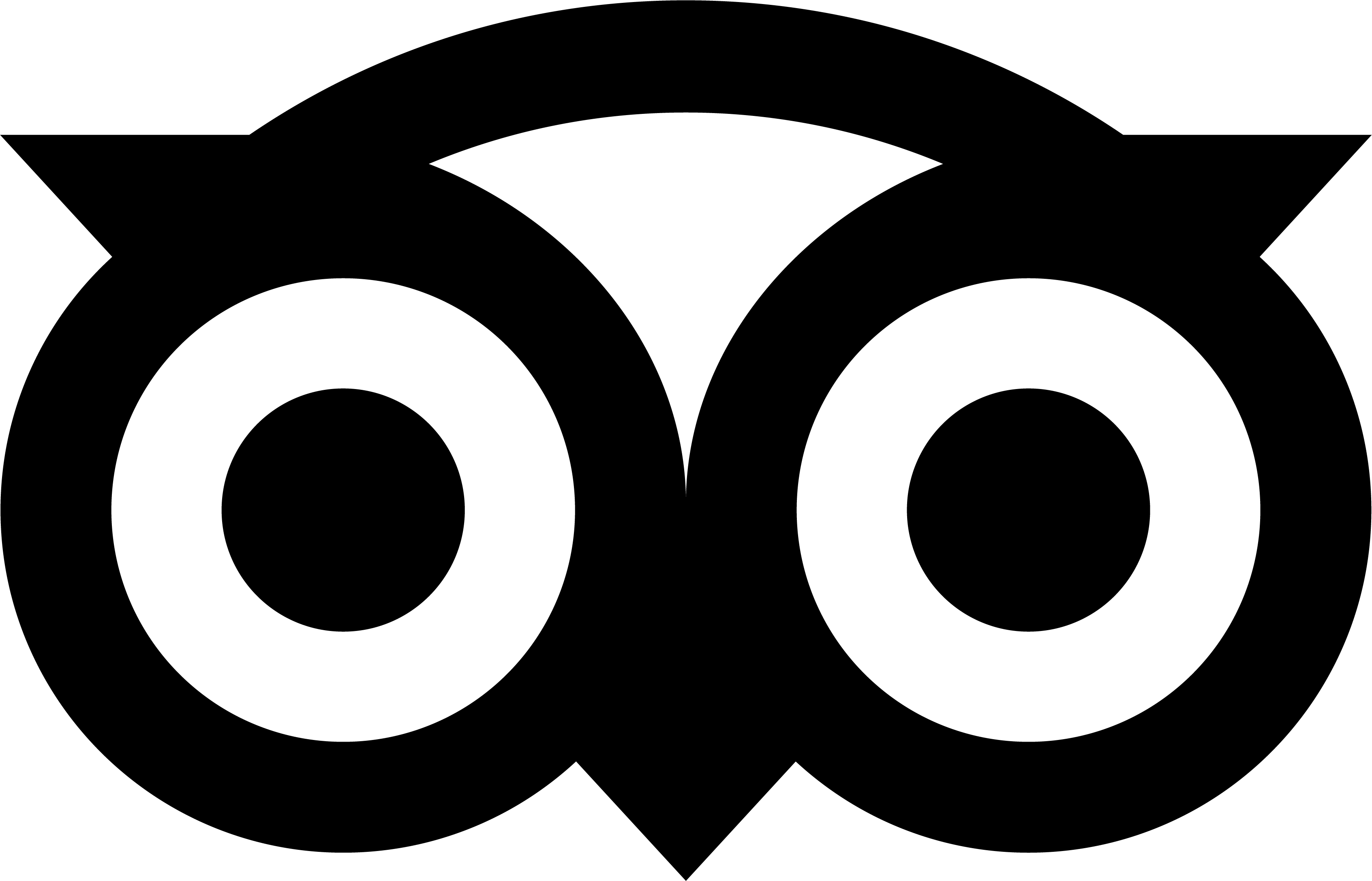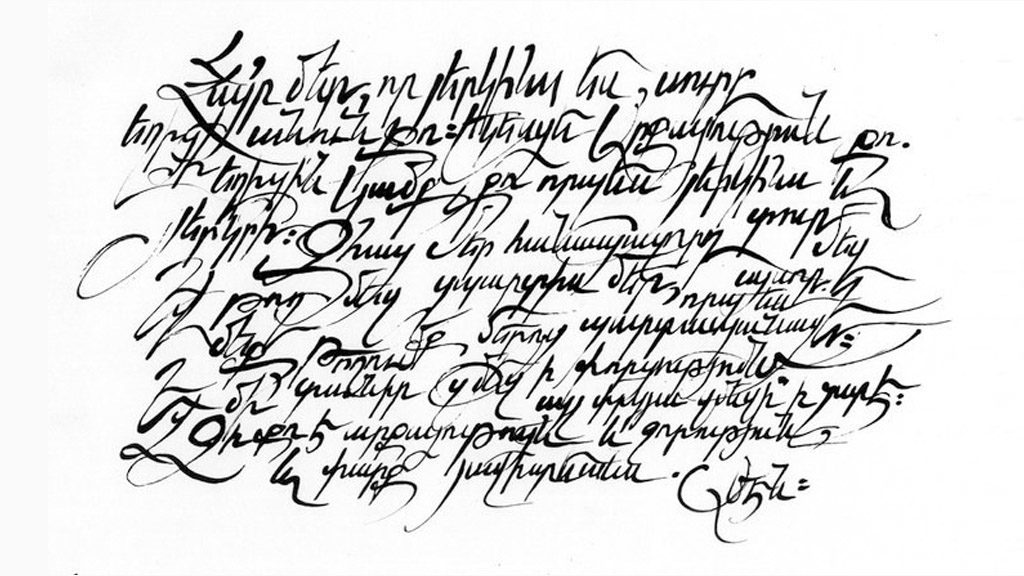- USD
- RUB
- EUR
- AMD
Armenian Alphabet
The Armenian Alphabet is the basis of the great Armenian language!
Only language and culture distinguish nations from each other, emphasizing the identity of each nation. Also, language and culture are intertwined, and each language is based on its own culture and has words and expressions used only in that exact language, that cannot be translated into any other language in the world.
Throughout their existence, Armenians have worked hard to create and preserve their national identity, and today Armenians have their unique Armenian culture and amazingly beautiful Armenian language.
Armenia is one of those countries that not only has its own beautiful language, but also its own letters, which make the Armenian language unique.
History of Armenian Letters and Alphabet
Armenia is the first country in the world to adopt Christianity as a state religion back in 301. From that time on Armenians felt the necessity to create a national alphabet. It was needed because of the general political, cultural and ideological situation in Armenia.
The creator of the Armenian alphabet is Mesrop Mashtots, who devoted his life to spreading Christianity in Armenia. And as people did not understand other languages, and the religion was unfamiliar to them, a decision was made in Armenia to create Armenian letters, the Armenian alphabet. After the letters were created, the Bible was translated into Armenian language and Christianity began to spread.
Before the creation of the Armenian alphabet, Mashtots studied in details the alphabets known at that time (Greek, Assyrian, Persian, Aramaic), trying to understand the integrity of the letters used for each language, and came to the conclusion that the Armenian phonetics is so unique that it is impossible to fully express it with any existing alphabet, as they had 22, 23 or 24 letters, and so the Armenian alphabet was created, which fully corresponded to the Armenian phonetics.
The Armenian alphabet was created in 405-406, and initially the alphabet had 36 letters, and until now it has remained almost unchanged, only at the end of the 12th century 3 more letters were added.
By creating the alphabet, Mashtots extended the life of the Armenian language, Armenian culture and Armenians, as the language is the basis of the nation.
Calligraphy
Armenian calligraphy is one of the types of calligraphy, artistic writing of texts in the Armenian language with all the types of Armenian writing.
The basis of calligraphy is the manuscript, and in translation, the word calligraphy means the art of writing with the beautiful and legible handwriting. Countries with a rich history and culture such as Armenia have always had a developed art of calligraphy.
It is thanks to calligraphy that the written form of the languages is preserved and developed, and the Armenian language is not an exception.
Calligraphy can also be considered a part of the art, like painting, where even one wrong move can ruin the whole portrait.
In 2019, Armenian letter art was included in the UNESCO list of the Intangible Cultural Heritage of Humanity.
Monument to the Armenian Alphabet

In 2005 the Monument to the Armenian Alphabet was built in the village of Artashavan, Aragatsotn Province of Armenia. It was built on the 1600th anniversary of the creation of the Armenian alphabet, which includes 39 elements repeating the shape of the letters of the Armenian alphabet.
The human-sized figures of letters are carved from local tuff in different shades: pink, orange, gray, black. The letters are also expertly decorated with carved ornaments.
The monument to the Armenian alphabet is one of the most visited sights in Armenia, and everyone who has been here must have a photo with the first letter of his name.
Language and culture create the identity of the nation, and Armenians have always fought for its preservation in the course of a thousand-year history and were able to pass on to their generations a unique culture and beautiful Armenian language – it is the wealth that all the money of the world cannot buy.
RECENTLY POSTS
May Holidays in Armenia
15.03.2023
The best delivery services in Yerevan
05.03.2023
Travel to Armenia in December 2023
01.12.2022
The Best Viewpoints in Armenia
15.10.2022
Travel to Armenia in October 2023
20.09.2022
Travelling in Armenia by Car
06.09.2022
7 Reasons to Have Dilijan in the Tour Program in Armenia
13.07.2022
Travel to Armenia in July 2023
17.06.2022
Copyright ©️ 2016 CONCIERGE TRAVEL AM LLC
Powered by WEBS





